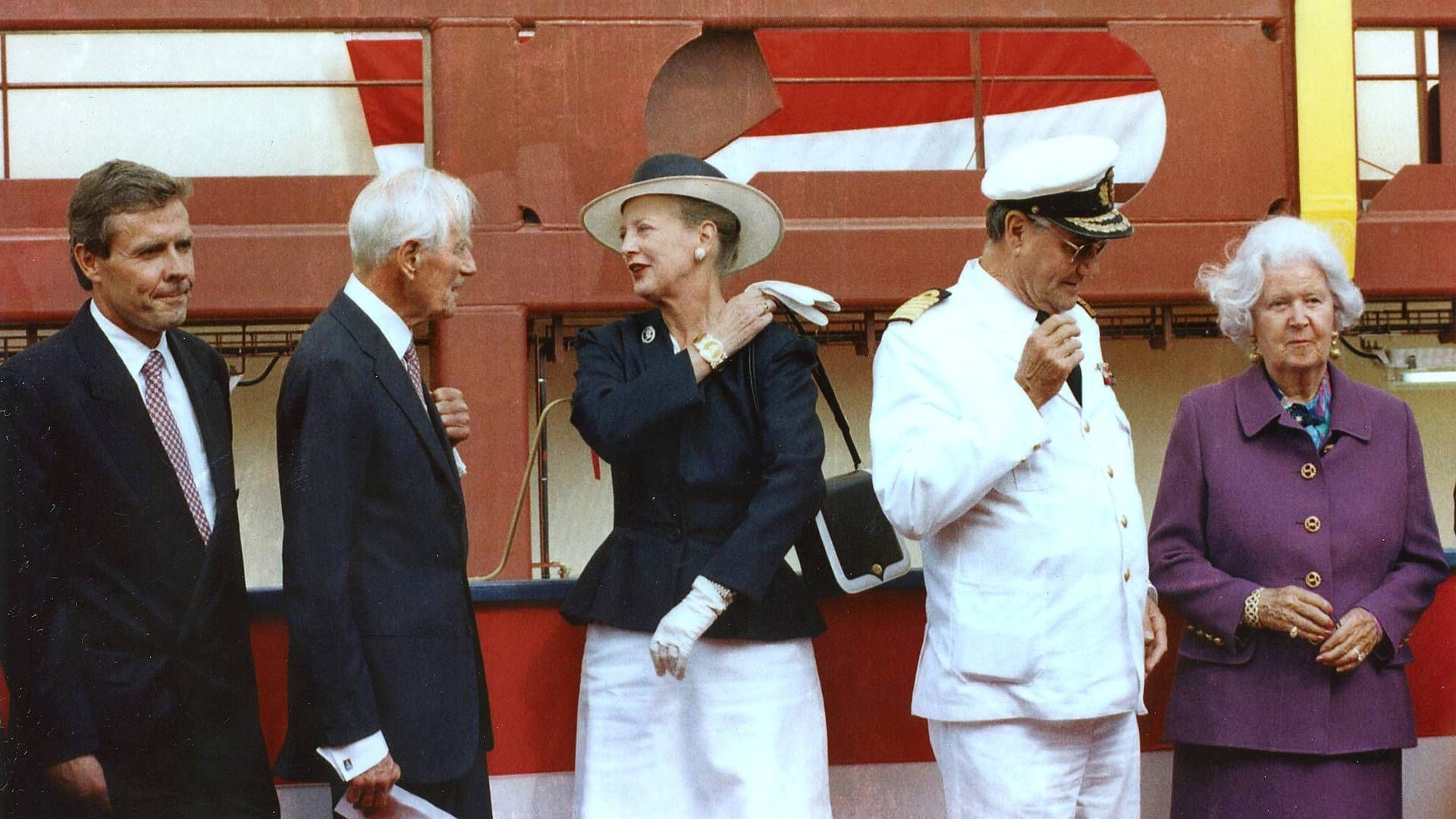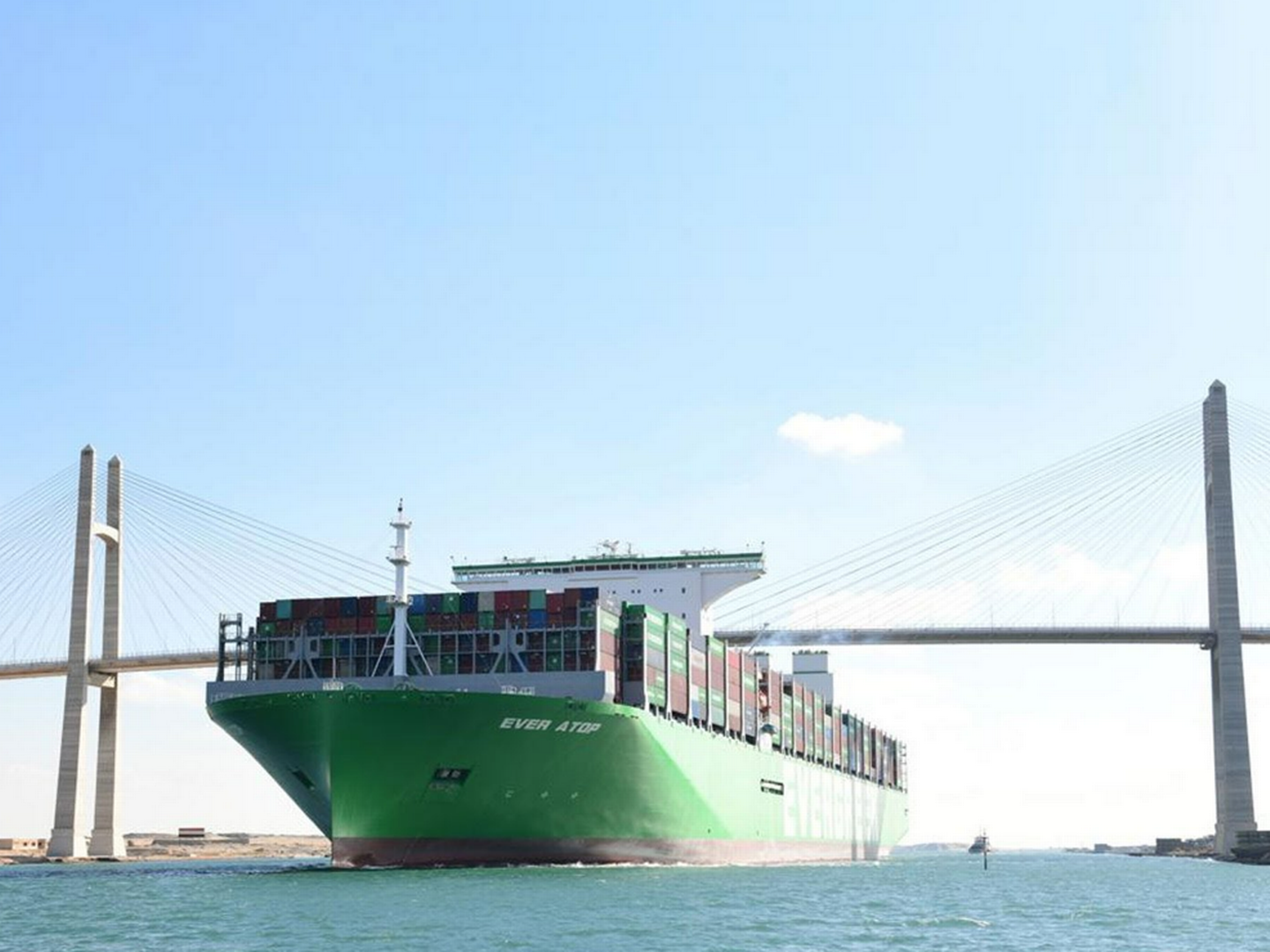Maersk divests historic ship – was world's biggest in 1997

Maersk divests an older vessel, which was the world’s biggest when launched roughly 25 years ago.
The Danish-built vessel named Sovereign Maersk is handed off to Swiss-Italian competitor MSC.
”We can confirm the sale of the vessel,” confirms Maersk to ShippingWatch in writing.
The ship was built in 1997 at the Lindø shipyard. It can accommodate approx. 9,600 containers, a record at the time of construction.
When the vessel was launched in September 1997, the Queen of Denmark, Margrethe II, and Prince Henrik of Denmark took part in the ceremony together with Mærsk Mc-Kinney Møller and group head at the time Jess Søderberg, among others.
Today, the largest vessels are able to carry almost 25,000 so-called 20-foot containers.
Maersk and MSC are the world’s two leading carriers and partners in the 2M alliance where capacity is shared to avoid partially loaded vessels.
The partnership has been terminated, though, effective January 2025 as the companies have been moving in opposite directions for years.
Maersk is banking on land-based logistics, whereas MSC has stuck to a more classic business model for box carriers where size is the primary aim in order to achieve economies of scale.
MSC has acquired a very high number of ships in recent years, surpassing Maersk as the world’s largest carrier measured on capacity.
Maersk states that selling Sovereign Maersk is part of an ongoing fleet renewal, which will enable the company to achieve its high ambitions within the climate area.
The shipping major is aiming for net-zero emissions in 2040, with a preliminary goal of transporting 25 percent of ocean freight aboard sustainably fueled ships in 2030 already.
English edit: Kristoffer Grønbæk
Related articles
Maersk's large methanol-fueled ships now under construction
For subscribers



















